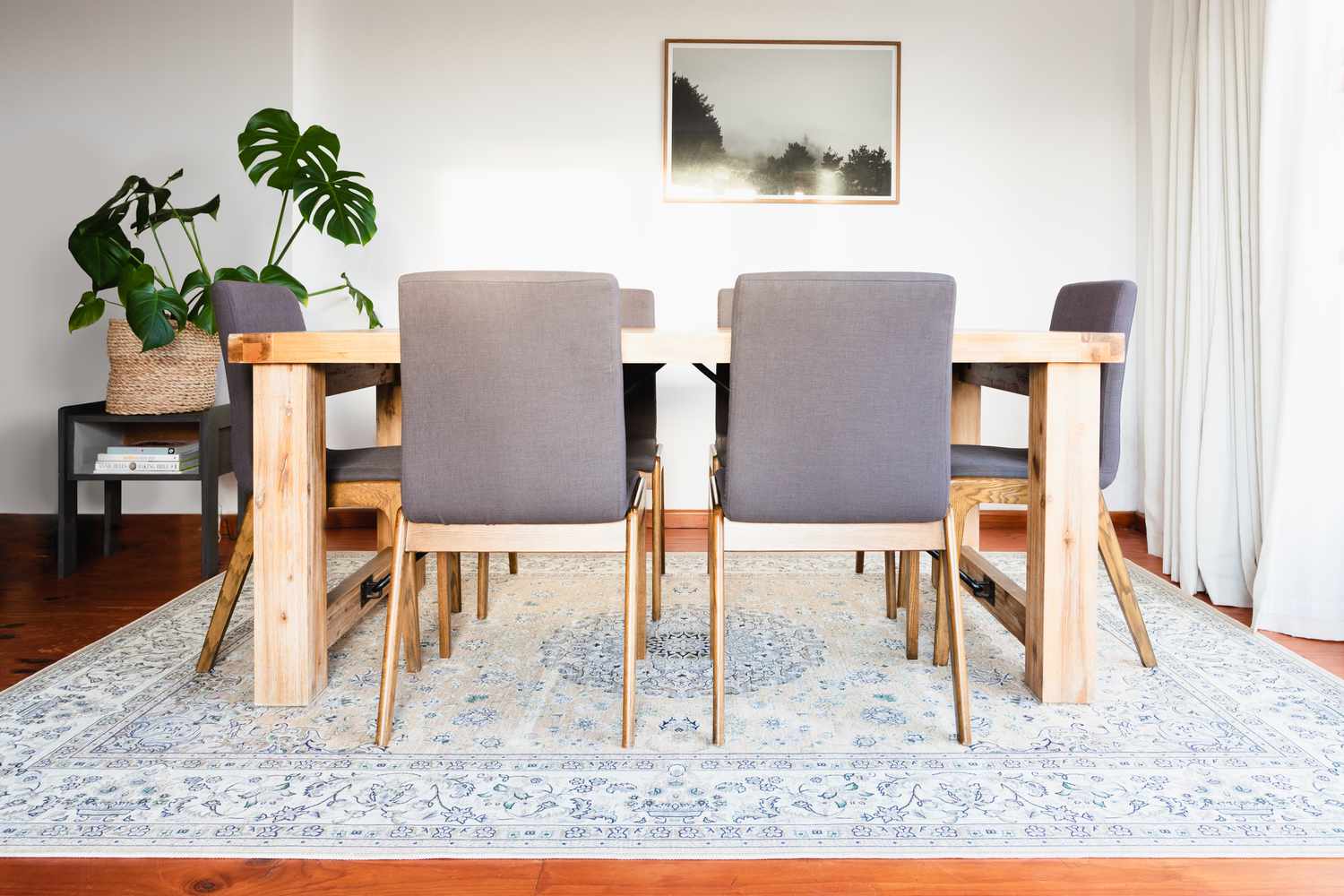

Tableware
How To Choose A Rug For Dining Room
Modified: December 7, 2023
Discover the secrets of choosing the perfect rug for your dining room. Enhance your tableware with a stylish rug that complements your decor and creates a cozy ambiance.
(Many of the links in this article redirect to a specific reviewed product. Your purchase of these products through affiliate links helps to generate commission for Storables.com, at no extra cost. Learn more)
Introduction
Choosing the perfect rug for your dining room can greatly enhance its overall appearance and create a warm and inviting space for family and friends to gather. A rug not only adds style and elegance to the room, but it also helps to define the dining area and provide comfort underfoot. With a wide variety of rugs available in the market, it can be overwhelming to make the right choice. Fear not, for this comprehensive guide will walk you through the key factors to consider when selecting a rug for your dining room.
Before diving into the details, it is important to understand the importance of a well-chosen rug in the dining room. A rug serves as a foundation for the dining table and chairs, providing visual interest and texture to the space while also protecting the floor from scratches and spills. Additionally, a rug can help to absorb sound, making the dining room a more acoustically pleasant environment.
When selecting a rug for your dining room, there are several factors to keep in mind. From the size and shape of the rug to its material, style, and maintenance requirements, each aspect plays a crucial role in determining the overall effect. Let’s explore these factors in more detail to help you make an informed decision.
Key Takeaways:
- Choose a rug size that accommodates your dining table and allows for easy chair movement. Consider the shape, material, and design to create a visually appealing and functional dining space.
- Factor in lighting, overall aesthetic, and budget when selecting a rug for your dining room. Harmonize the rug with the room’s style and create a warm, inviting atmosphere for mealtime gatherings.
Read more: How To Choose A Rug For The Dining Room
Consider the Size of the Rug
One of the most important factors to consider when choosing a rug for your dining room is the size. The size of the rug will depend on the dimensions of your dining table and the surrounding space. The right size of the rug can make a significant difference in the overall aesthetic and functionality of the dining area.
First, measure the size of your dining table. As a general rule, the rug should be large enough to accommodate the dining table and chairs, even when they are pulled out. Ideally, the rug should extend at least 24 inches beyond the edges of the table to allow for easy movement of the chairs.
Next, consider the size of the room itself. The rug should be proportionate to the size of the dining room, neither too small nor too overpowering. If you have a small dining space, opt for a smaller rug that fits comfortably within the area. On the other hand, if you have a large dining room, a larger rug can help anchor the space and create a cohesive look.
Keep in mind that a rug that is too small can make the dining area feel disjointed and cramped. Conversely, a rug that is too large can overwhelm the room and make it feel cluttered. Aim for a balanced size that allows for easy movement around the table and complements the overall proportions of the dining room.
When determining the size of the rug, also consider the shape of the dining table. If you have a rectangular or oval table, a rectangular rug that mirrors the shape of the table can create a harmonious look. For round or square tables, a round or square rug can work well.
Ultimately, the size of the rug should be determined by the specific dimensions of your dining table and the available space in the room. Taking accurate measurements and visualizing how the rug will fit in the dining area will help you make the right choice.
Evaluate the Shape of the RugOnce you have determined the size of the rug for your dining room, it is essential to consider the shape of the rug. The shape of the rug can greatly impact the overall look and feel of the dining area, as well as its functionality.
When it comes to choosing the shape of the rug, there are a few options to consider: rectangular, square, round, and oval. Each shape has its own unique advantages and can create a different visual effect in the dining room.
A rectangular rug is the most common choice for a dining room. It tends to align well with rectangular or oval dining tables, creating a cohesive and balanced look. The elongated shape of the rug mirrors the shape of the table, providing a harmonious visual flow.
If you have a square dining table, a square rug can be an excellent option. It helps to define the dining area and adds a sense of symmetry to the room. A square rug can also work well in larger dining rooms, where it can help fill the space and create a focal point.
For a more unique and unconventional look, consider a round or oval rug. These shapes can soften the edges of a square or rectangular dining table, adding an element of interest and creating a more intimate atmosphere. A round or oval rug can also work well in smaller dining spaces, as the curved shape can make the room appear larger and more open.
When selecting the shape of the rug, consider the overall layout and design of the dining room. Take into account the shape of the dining table, the surrounding furniture, and the architectural features of the room. The shape of the rug should complement these elements and enhance the overall aesthetic of the space.
Remember that there are no hard and fast rules when it comes to choosing the shape of the rug. The key is to select a shape that not only fits well with the dining table but also reflects your personal style and creates a visually pleasing arrangement in the dining room.
Decide on the Material of the Rug
Choosing the right material for your dining room rug is essential, as it can affect not only the look and feel of the space but also the durability and maintenance required. There are various rug materials available, each with its own unique characteristics and benefits.
One popular material for dining room rugs is wool. Wool rugs are known for their durability, softness, and resilience. They have excellent stain resistance and are relatively easy to clean, making them a practical choice for dining areas where spills and accidents are likely to occur. Wool rugs also have the added benefit of being naturally fire-resistant and hypoallergenic.
If you prefer a more luxurious option, consider silk rugs. Silk rugs have a lustrous sheen and a smooth texture that adds a touch of elegance to any dining room. However, they are more delicate and require extra care and maintenance. Silk rugs are best suited for formal dining areas where there is minimal foot traffic.
Another popular choice for dining room rugs is synthetic materials such as nylon or polyester. These materials offer a wide range of colors and patterns, making it easy to find a rug that suits your style. Synthetic rugs are often more affordable than natural fibers and are resistant to stains and fading. Additionally, they are easy to clean and maintain, making them suitable for busy households.
If you prefer an eco-friendly option, consider natural fiber rugs such as jute, sisal, or seagrass. These rugs are made from renewable resources and have a unique texture that adds a natural and earthy element to the dining room. However, they may be more prone to moisture and can be more challenging to clean.
When deciding on the material of the rug, consider the level of foot traffic in your dining room, as well as the presence of children or pets. If the dining area is frequently used and prone to spills, opt for a material that is stain-resistant and easy to clean. If the dining room is more formal and less prone to spills, you can choose a more delicate and luxurious material.
Ultimately, the material of the rug should not only align with your aesthetic preferences but also meet the practical needs of your dining room. Consider factors such as durability, ease of maintenance, and the level of comfort you desire when making your decision.
Think about the Style and Design of the Rug
The style and design of the rug can make a significant impact on the overall aesthetic of your dining room. It is essential to consider the existing decor and the desired ambiance when choosing a rug that complements the space.
One approach is to select a rug that serves as a focal point in the dining room. Bold patterns, vibrant colors, or intricate designs can create a visually stunning centerpiece that draws attention and adds personality to the room. However, ensure that the rug does not overpower the rest of the decor and accessories. It should harmonize with the existing elements in the dining room, such as wall colors, furniture, and lighting fixtures.
If you prefer a more subtle and understated look, consider a rug with a neutral color palette or a simple design. This allows the rug to blend seamlessly with the rest of the room while still adding texture and warmth to the space. A neutral rug also provides more flexibility when it comes to changing the decor or color scheme in the future.
Take into account the style of your dining room. For a traditional or formal setting, an oriental or floral rug can add a touch of elegance and sophistication. On the other hand, if your dining room has a modern or contemporary vibe, a geometric or abstract rug can complement the sleek lines and minimalist aesthetic.
Consider the size and scale of the patterns on the rug. Larger patterns can make a bolder statement and work well in spacious dining rooms, while smaller patterns or motifs can create a more intricate and detailed look in smaller areas.
Furthermore, consider the texture of the rug. A high-pile rug can add a sense of luxury and coziness to the dining room, while a low-pile or flatweave rug provides a more streamlined and contemporary appearance.
When selecting the style and design of the rug, it is crucial to choose something that reflects your personal taste and complements the overall theme of your dining room. Whether you prefer a traditional, modern, eclectic, or bohemian style, there is a rug out there that will enhance the ambiance and tie the entire space together.
When choosing a rug for a dining room, make sure it is large enough to accommodate the table and chairs, with at least 24 inches of extra space on all sides to prevent chairs from catching on the edges. This will ensure a comfortable and functional dining space.
Read more: How To Choose A Dining Room Rug
Assess the Durability and Maintenance of the Rug
When choosing a rug for your dining room, it is important to assess its durability and maintenance requirements. The dining room is a high-traffic area prone to spills and accidents, so you’ll want to select a rug that can withstand regular use and is easy to keep clean.
One factor to consider is the material of the rug. Certain materials, such as wool and synthetic fibers like nylon or polyester, are known for their durability and resistance to stains and wear. They are easy to clean and can handle the demands of a busy dining area. Silk rugs, on the other hand, are more delicate and require extra care to maintain their beauty.
Another aspect to consider is the construction of the rug. Hand-tufted or hand-knotted rugs are generally more durable and long-lasting compared to machine-made rugs. The tighter the weave, the more resilient the rug will be against wear and tear. Additionally, look for rugs with a strong backing or padding to provide extra protection and stability.
Consider the maintenance requirements of the rug as well. Some materials and constructions may require regular vacuuming or professional cleaning to keep them looking their best. If you have pets or young children, opt for a rug that is resistant to stains and easy to spot clean.
Additionally, consider whether the rug is resistant to fading. Dining rooms often have windows or access to natural light, which can cause rugs to fade over time. Look for rugs with fade-resistant properties or consider using window treatments to minimize sun exposure.
It is also important to think about the practicality of the rug. Consider whether the rug has a non-slip backing to prevent slips and falls, especially if you have hardwood or tile floors in your dining room. Additionally, choose a rug that is easy to move or roll up if you need to rearrange the furniture or clean the floor underneath.
Finally, consider the warranty or guarantee provided by the rug manufacturer. A reputable manufacturer will stand behind the quality of their rugs and offer a warranty against manufacturing defects or premature wear.
By assessing the durability and maintenance requirements of the rug, you can ensure that your chosen rug will not only withstand the demands of your dining room but also be easy to care for and maintain over time.
Determine the Budget for the Rug
Setting a budget is an essential step when choosing a rug for your dining room. Rugs can vary significantly in price, depending on factors such as size, material, construction, and design. By determining a budget beforehand, you can narrow down your options and focus on rugs that align with your financial considerations.
Consider allocating a reasonable amount of your overall dining room budget towards the rug. While it can be tempting to spend more on a rug to achieve a luxurious or high-end look, it is important to strike a balance between quality, style, and affordability.
When setting a budget, think about the size of the rug you need for your dining room. Larger rugs will generally cost more than smaller ones due to the additional material and labor required.
Next, consider the material of the rug. Natural fibers such as wool or silk tend to be more expensive compared to synthetic fibers like nylon or polyester. Hand-knotted or hand-tufted rugs also typically come with a higher price tag due to the intricate craftsmanship involved.
Another factor that can influence the cost of a rug is its design and pattern. Rugs with intricate designs or unique patterns may be more expensive than those with simpler or more common motifs.
Furthermore, consider the durability and longevity of the rug. While it may be tempting to opt for a cheaper rug, investing in a higher-quality and more durable option can save you money in the long run, as it will require less frequent replacement.
Lastly, shop around and explore different retailers and online platforms to compare prices and find the best deals. Keep an eye out for sales, promotions, or discounts that may help you stay within your budget.
Remember that while it is important to set a budget, don’t compromise on quality or settle for a rug that doesn’t meet your needs and style preferences. You want to choose a rug that not only fits your budget but also enhances the overall aesthetic and functionality of your dining room.
By determining a budget for your rug, you can make a more informed decision and ensure that you find a balance between quality, style, and affordability for your dining room.
Take Lighting into Account
When selecting a rug for your dining room, it is crucial to take lighting into account. The lighting in your dining room plays a significant role in the overall ambiance and can affect the way the rug looks and feels in the space.
The first factor to consider is the natural lighting in the room. Assess the amount of natural light that enters the dining area throughout the day. Rooms with abundant natural light can benefit from rugs with vibrant colors and intricate patterns, as the sunlight will accentuate their beauty. On the other hand, if the dining room lacks natural light, consider rugs with lighter colors or reflective materials to help brighten up the space.
Artificial lighting is another aspect to consider. Different types of lighting fixtures, such as chandeliers, pendant lights, or wall sconces, can create varying effects in the dining room. Depending on the placement and intensity of the lighting, certain rugs may appear more vibrant or muted under different lighting conditions.
If you have overhead lighting directly above your dining table, consider how the rug will interact with the light. A rug with a busy pattern may compete with the lighting fixture, while a simpler design can complement it. Additionally, be mindful of any shadows that may be cast onto the rug by the lighting, as this can affect the overall appearance.
Layered lighting can also impact the way the rug is perceived. By incorporating different types of lighting, such as ambient lighting, task lighting, or accent lighting, you can create a dynamic and well-balanced atmosphere in the dining room. Experiment with different lighting options to see how they interact with the rug and choose a combination that enhances its beauty.
Lastly, consider any potential glare or reflections caused by the rug. High-gloss or shiny materials may reflect light and create unwanted glare, which can be bothersome during meal times. Opt for rugs with a lower sheen or matte finish to minimize any glare or reflections.
By taking lighting into account when choosing a rug, you can ensure that the rug looks its best and complements the overall lighting scheme in your dining room. Pay attention to both natural and artificial lighting, as well as any reflections or shadows that may be cast onto the rug. A well-lit dining space can enhance the visual impact of the rug, creating a warm and inviting atmosphere for meals and gatherings.
Consider the Overall Aesthetic of the Dining Room
When choosing a rug for your dining room, it is essential to consider the overall aesthetic of the space. The rug should harmonize with the existing decor, furniture, and color scheme to create a cohesive and visually appealing dining area.
Start by evaluating the style of your dining room. Is it modern, traditional, rustic, eclectic, or something else entirely? Understanding the style of the room will help guide your choice of rug. For example, a sleek and minimalist dining room may benefit from a rug with a simple design and monochromatic colors, while a more traditional space might call for an intricate patterned rug with rich hues.
Consider the color palette of the room and how the rug can complement or contrast with it. For a cohesive look, choose a rug that incorporates some of the colors found in the dining room, whether it’s through matching or complementary shades. A rug that complements the wall color or existing furniture can tie the room together and create a well-designed space.
On the other hand, if you want to make a bold statement or add a pop of color to a neutral dining room, opt for a rug in a vibrant hue or with a standout pattern. This can inject visual interest and personality into the space, becoming a focal point of the room.
Consider the texture and material of the rug in relation to the other elements in the dining room. If you have a lot of hard surfaces such as wood or tile, a plush or high-pile rug can add warmth and comfortable texture to the space. If your dining room has a lot of fabric upholstery or drapery, a flatweave or low-pile rug can complement the texture without overpowering it.
Think about the overall mood and atmosphere you want to create in the dining room. Do you prefer a cozy and intimate setting, or a more formal and polished ambiance? The rug can contribute to the desired mood through its design, color, and texture. For example, a soft and luxurious rug can create a cozy and inviting atmosphere, while a sleek and sophisticated rug can enhance a more formal dining experience.
Lastly, consider any specific design elements or architectural features in the dining room that you want to highlight or complement with the rug. This could include a statement chandelier, a fireplace, or unique architectural details. The rug can serve as a grounding element that brings all these elements together.
By considering the overall aesthetic of your dining room, you can choose a rug that enhances the existing decor and creates a cohesive and visually appealing space. Whether you want a rug that blends seamlessly or one that makes a bold statement, finding the right rug that aligns with the overall aesthetic will help create a dining area that you and your guests will enjoy for years to come.
Read more: How To Choose A Dining Room Rug
Conclusion
Choosing the perfect rug for your dining room is a transformative process that can greatly enhance the overall look and feel of the space. By considering factors such as size, shape, material, style, lighting, and the overall aesthetic of the room, you can make an informed decision that meets your functional and design needs.
Start by determining the appropriate size of the rug based on the dimensions of your dining table and the available space. Consider the shape of the rug, whether it’s rectangular, square, round, or oval, to create a harmonious and balanced look. Evaluate the material of the rug, keeping in mind durability, maintenance, and the specific needs of your dining area.
Take into account the style and design of the rug, ensuring that it complements the existing decor and creates a cohesive and visually pleasing environment. Assess the lighting in the room, both natural and artificial, to see how the rug will be affected and how it can enhance the overall ambiance.
Additionally, consider the overall aesthetic of the dining room and how the rug can tie in with the existing furniture, color scheme, and architectural features. By choosing a rug that harmonizes with the room’s style and creates a cohesive look, you can transform the dining area into a space that reflects your personal taste and enhances every mealtime gathering.
Set a budget for the rug to ensure that you make a financially conscious decision without compromising on the quality and style. Aim for a balance between affordability and the desired level of durability and visual appeal.
In conclusion, selecting the right rug for your dining room requires thoughtful consideration of various factors such as size, shape, material, style, lighting, budget, and the overall aesthetic of the space. By taking the time to evaluate these aspects, you can find a rug that not only enhances the appearance of your dining area but also complements your lifestyle and creates a warm and inviting atmosphere for years to come.
Frequently Asked Questions about How To Choose A Rug For Dining Room
Was this page helpful?
At Storables.com, we guarantee accurate and reliable information. Our content, validated by Expert Board Contributors, is crafted following stringent Editorial Policies. We're committed to providing you with well-researched, expert-backed insights for all your informational needs.
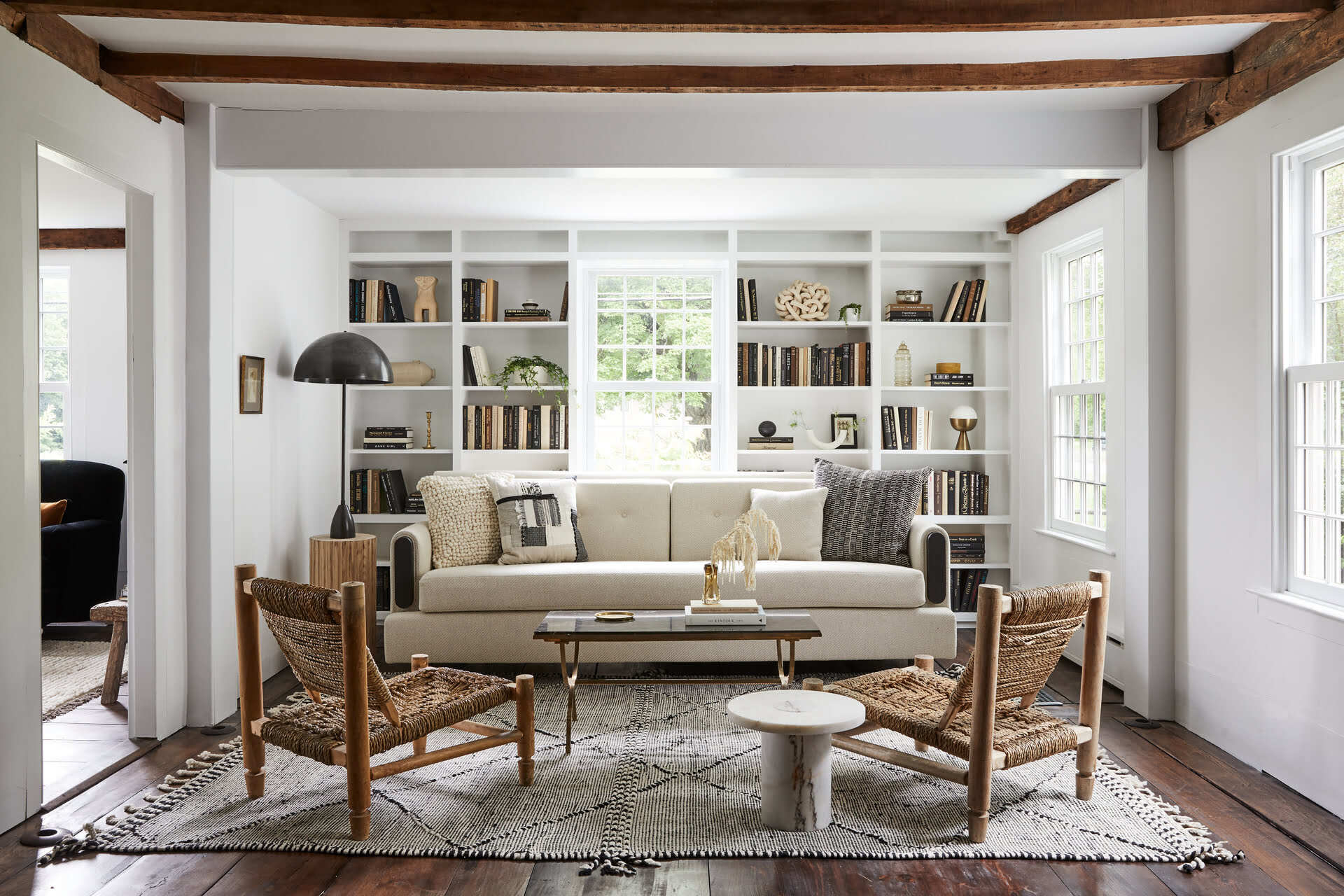
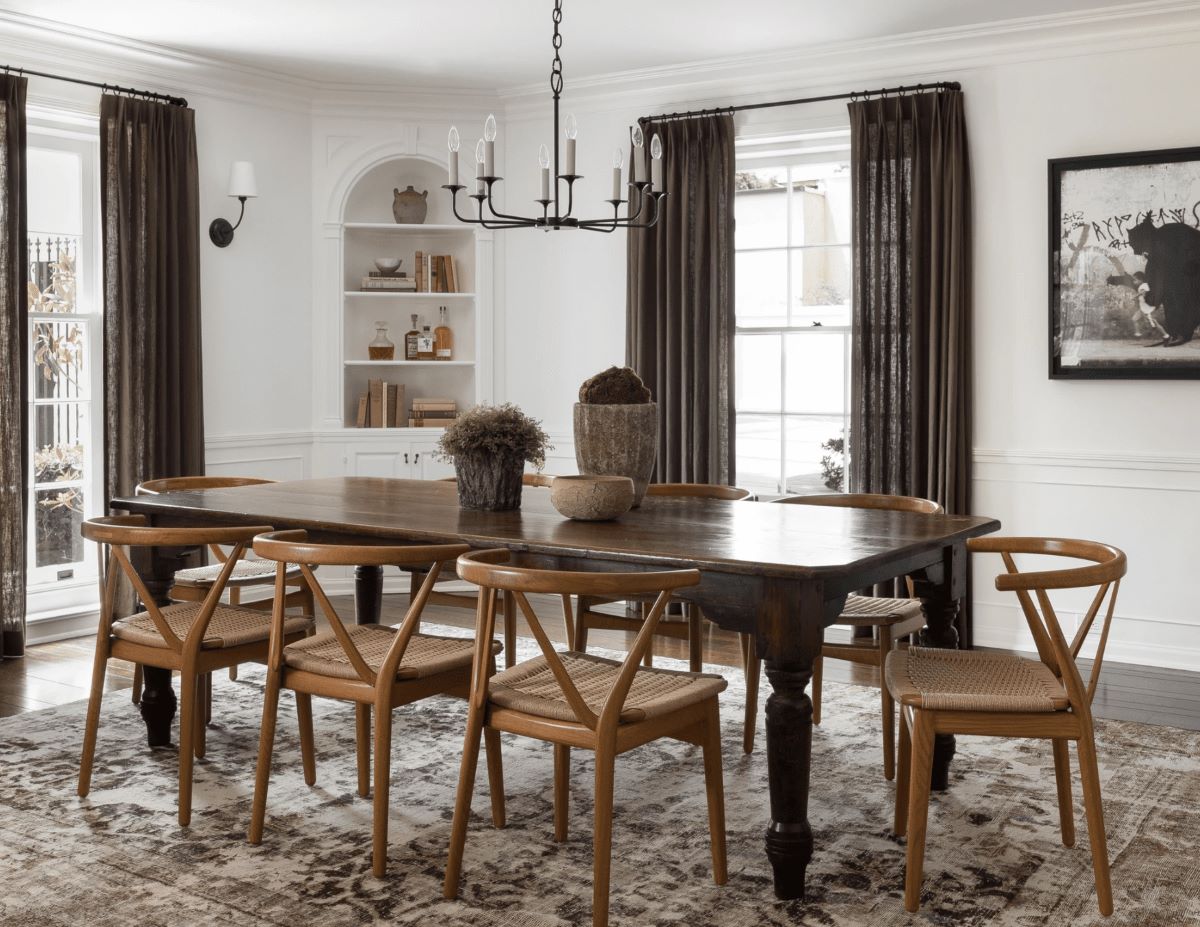
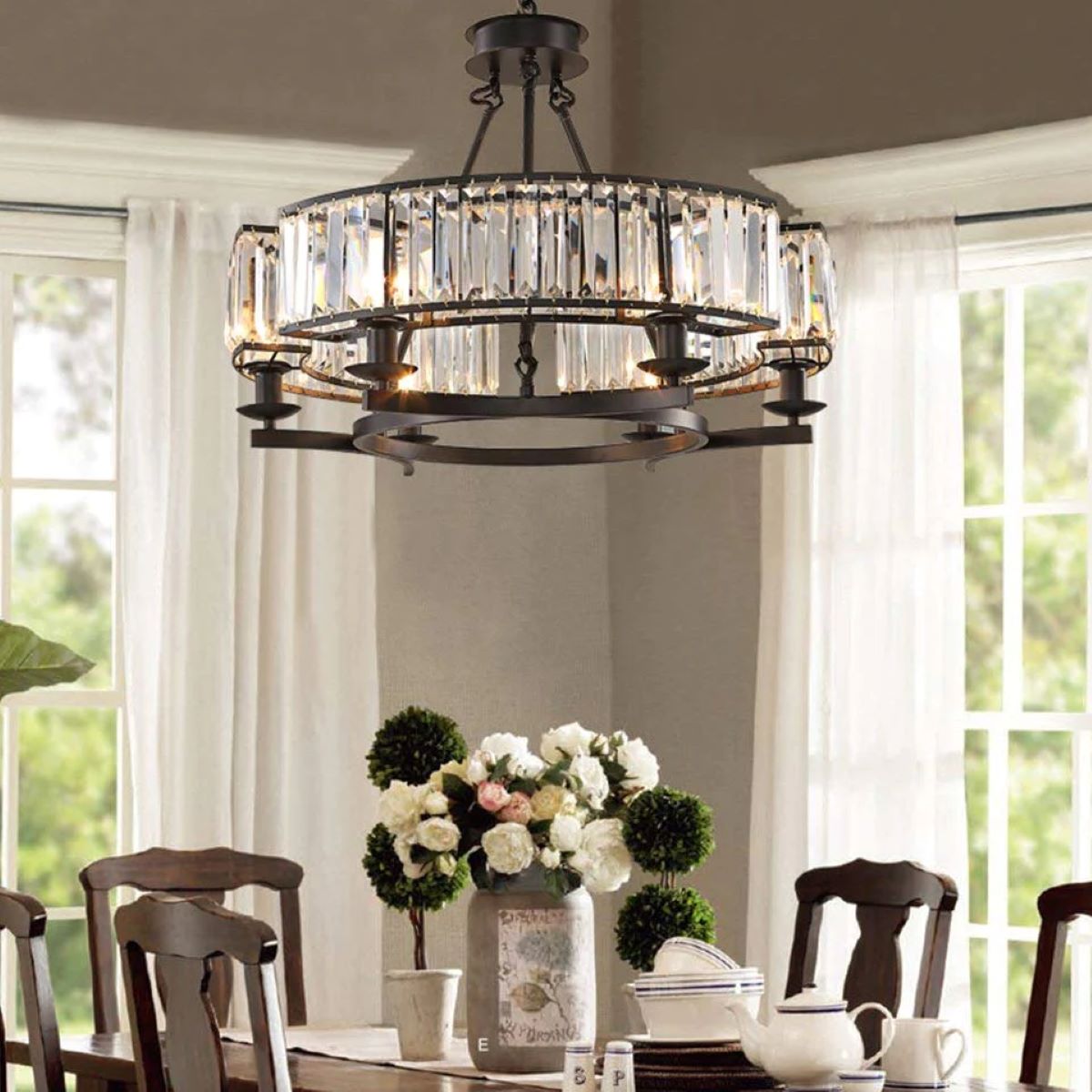
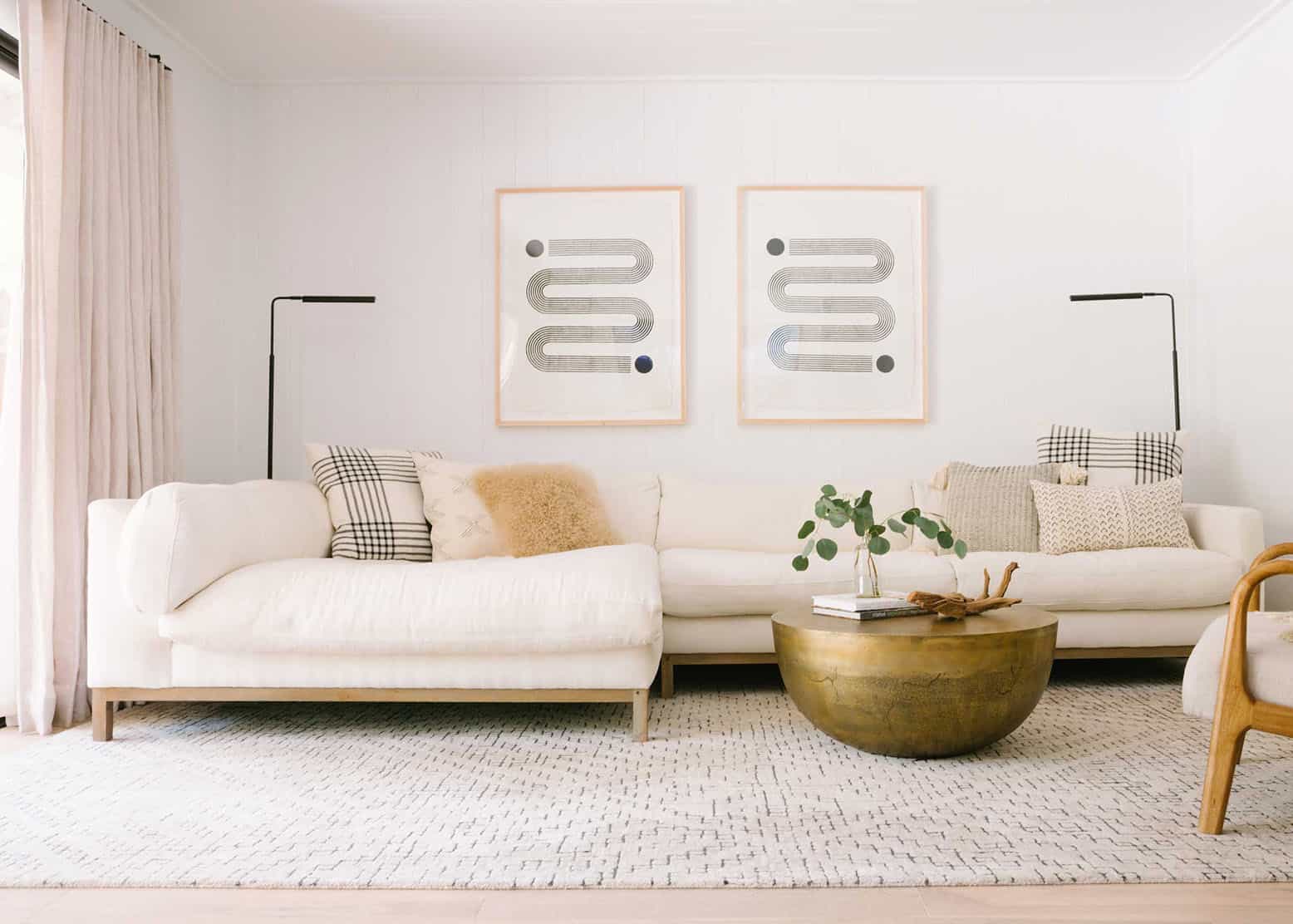
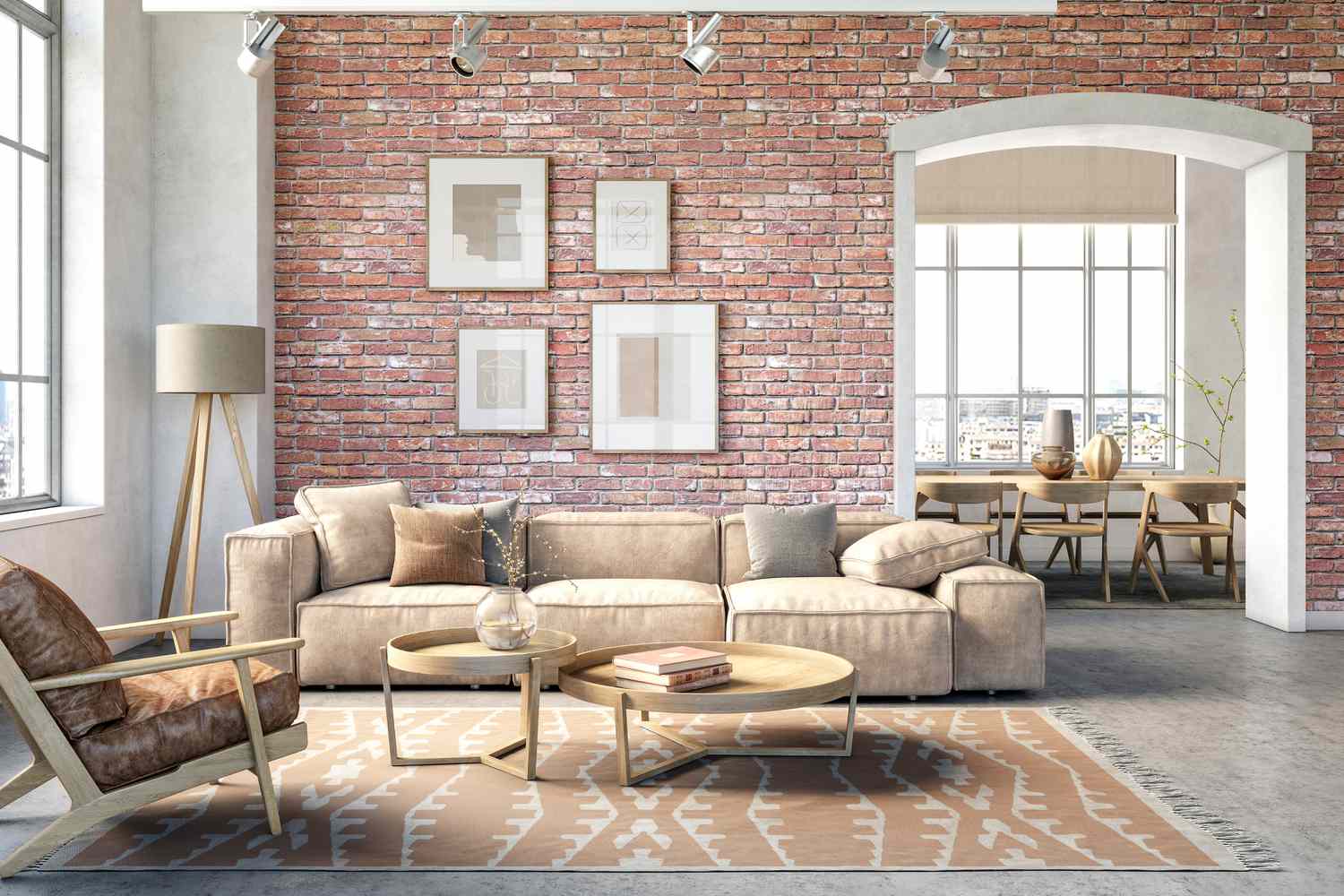
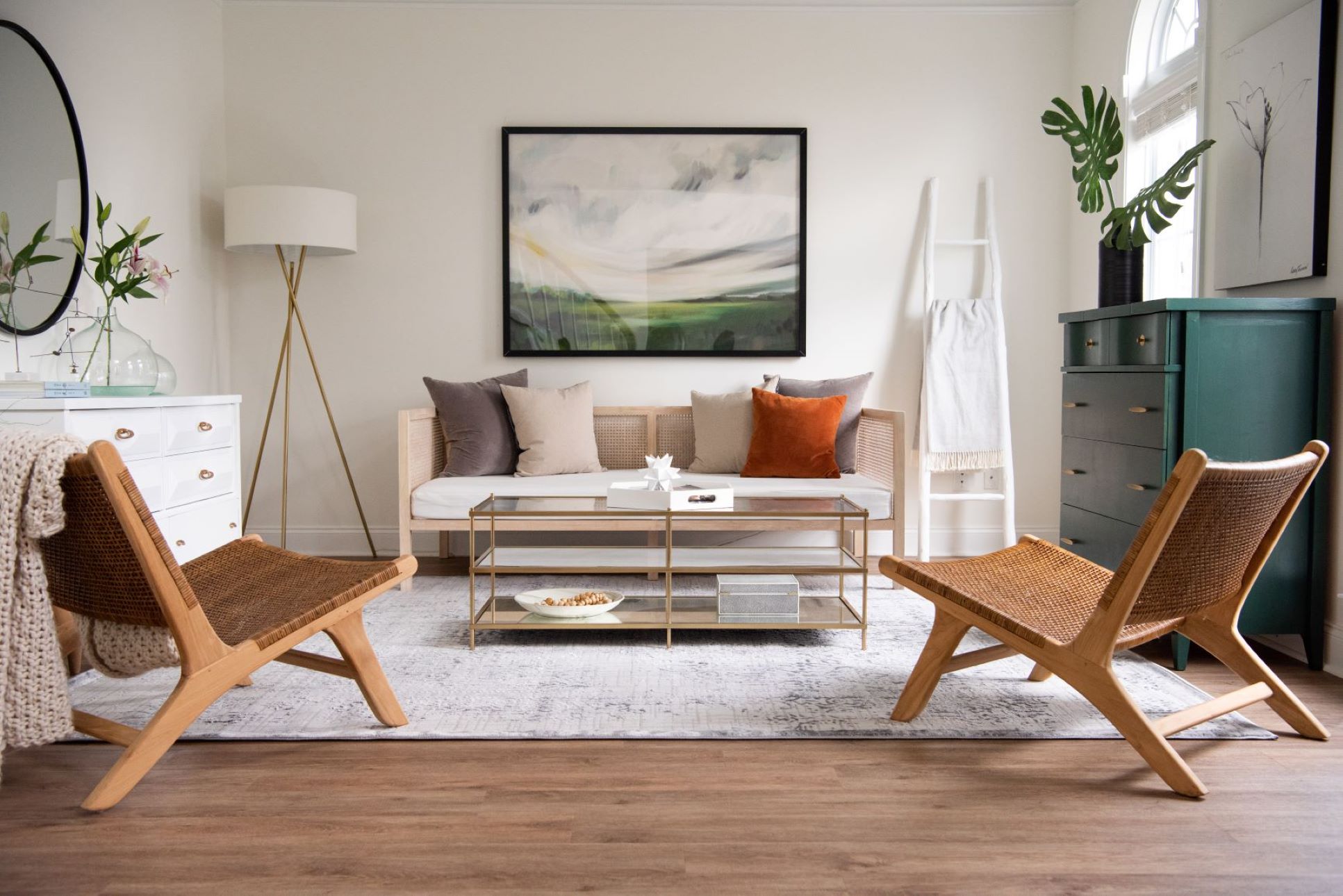
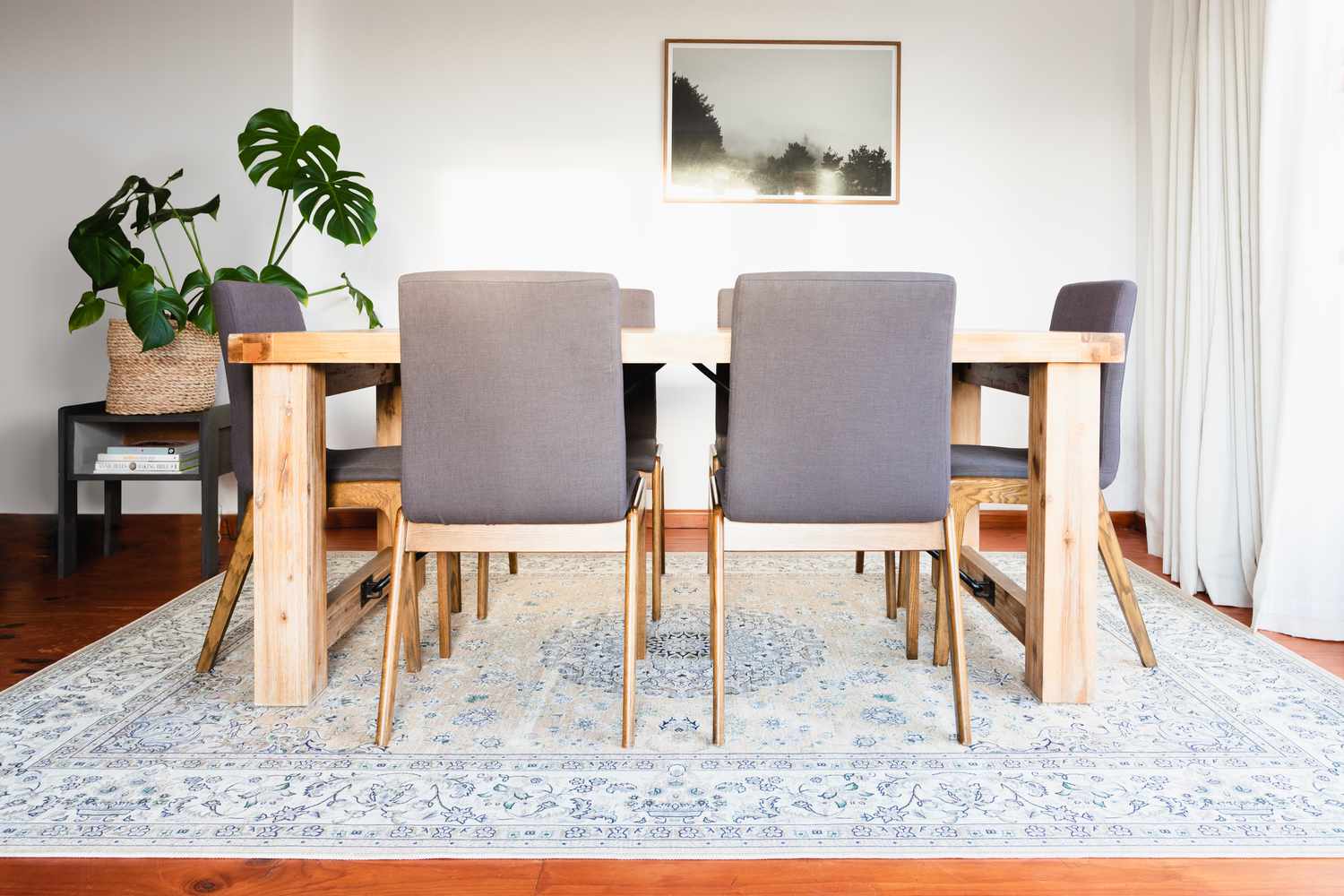
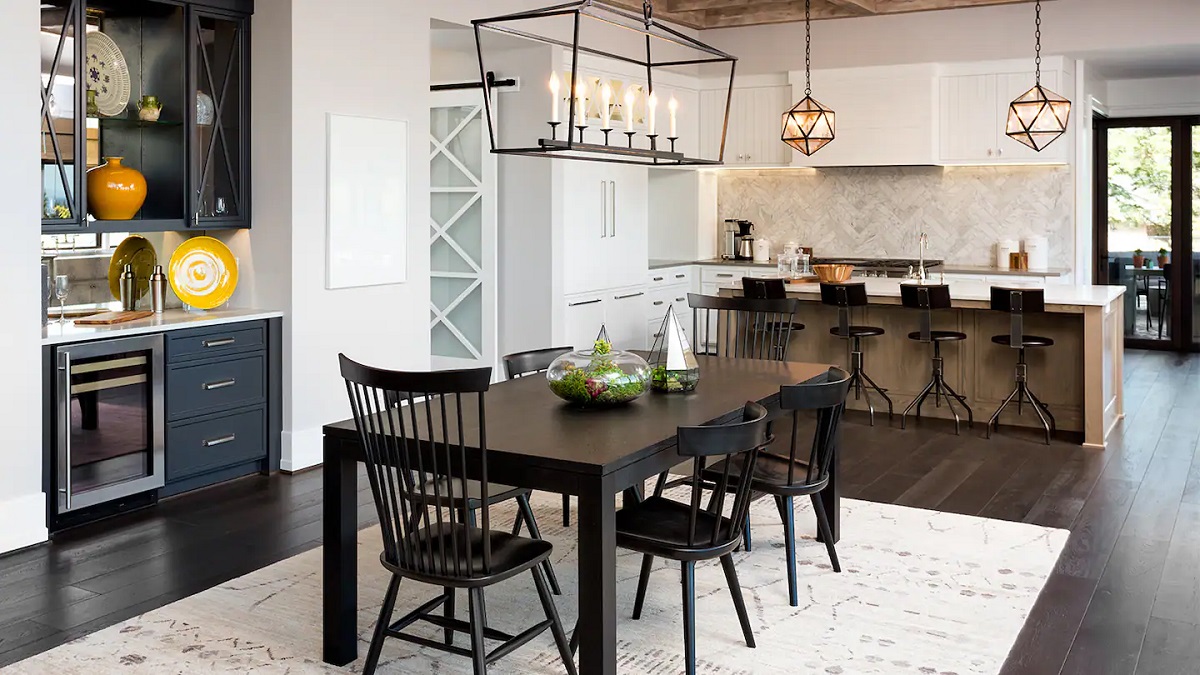
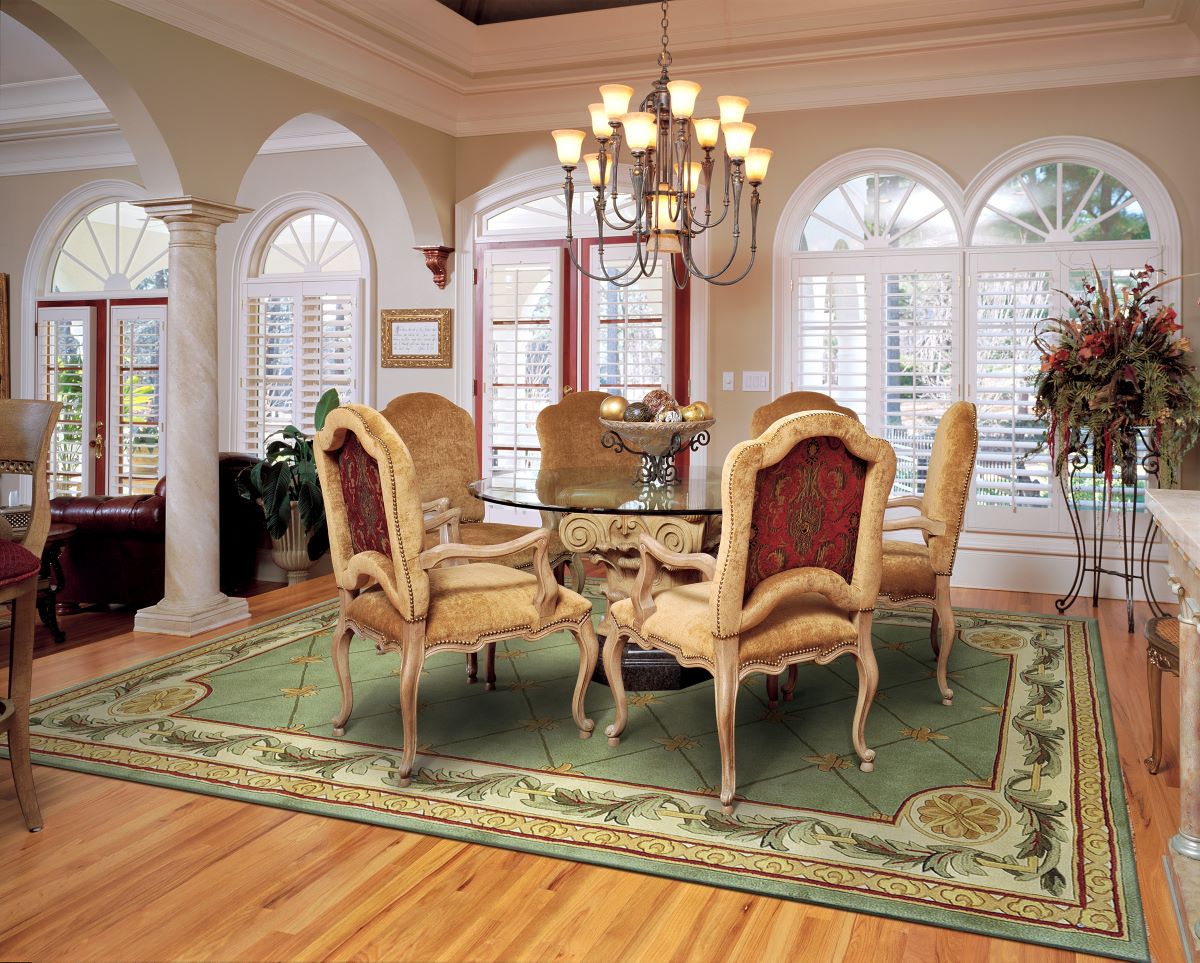
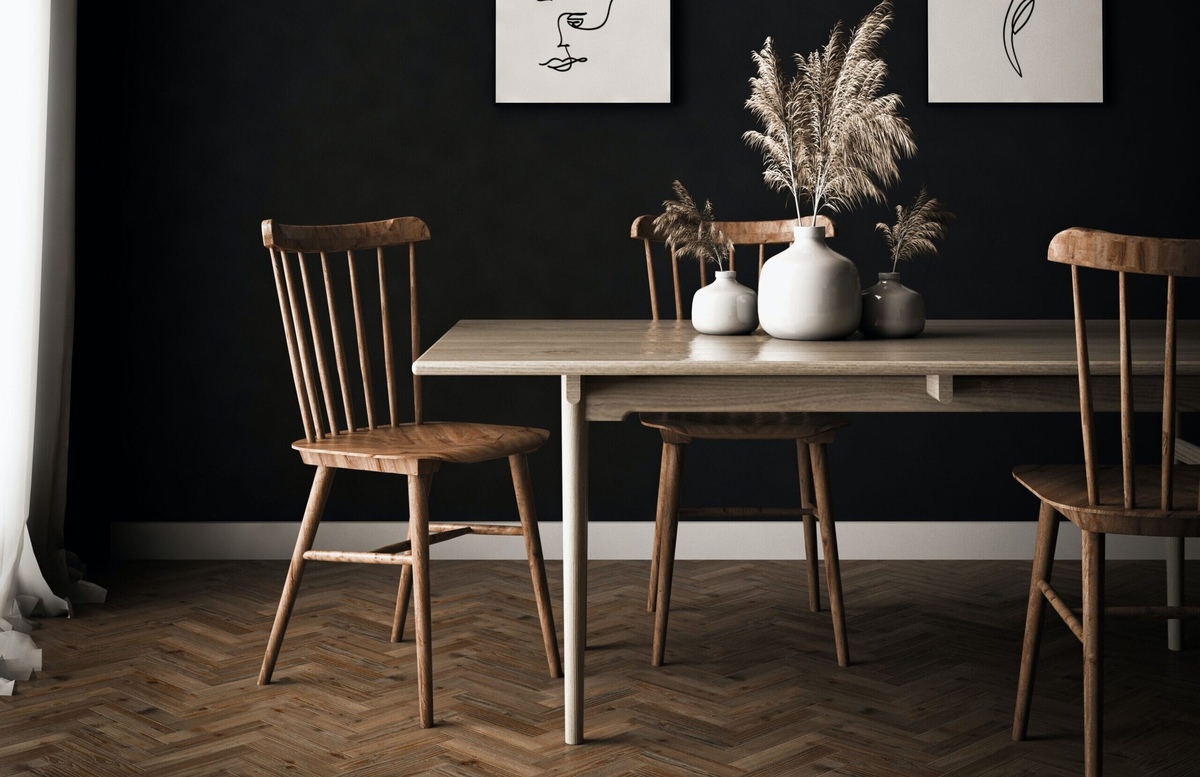
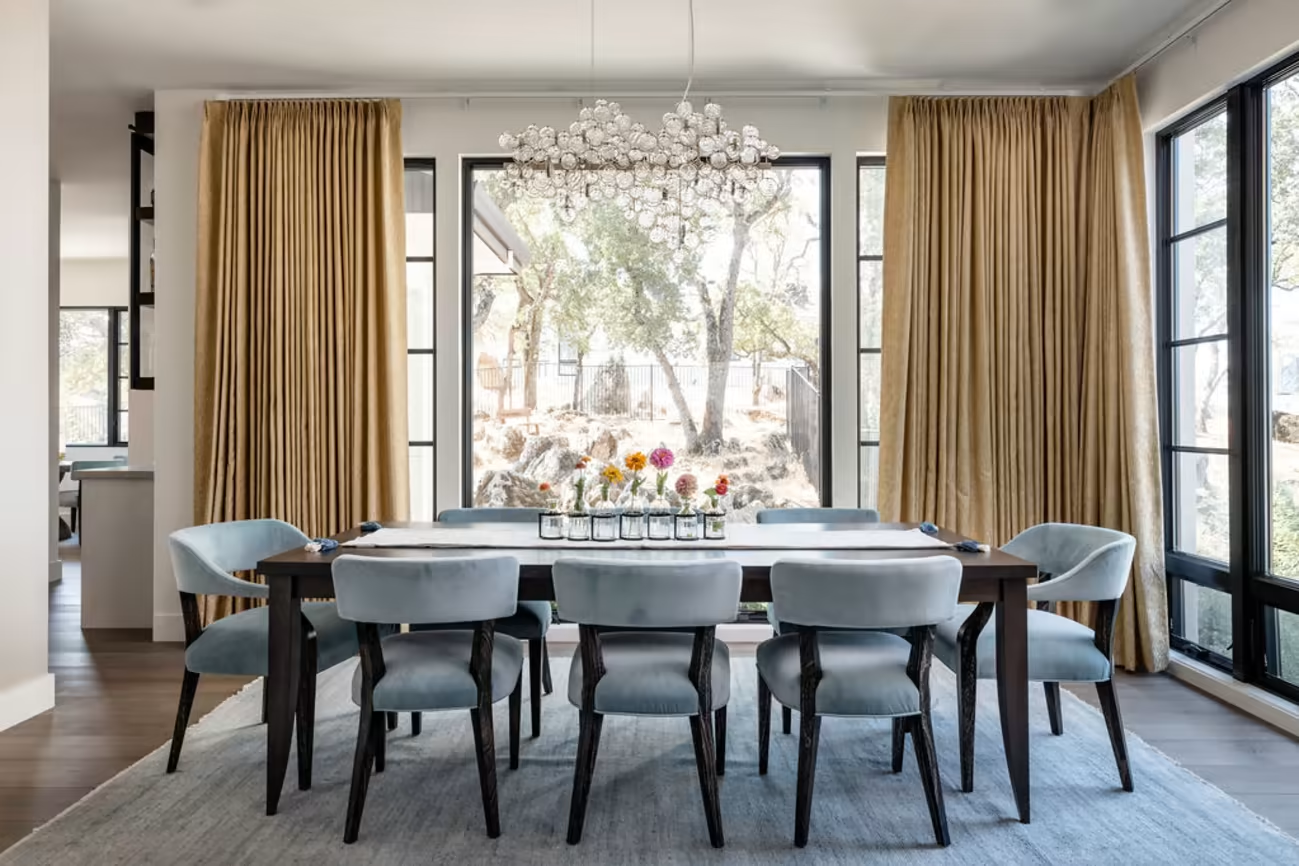
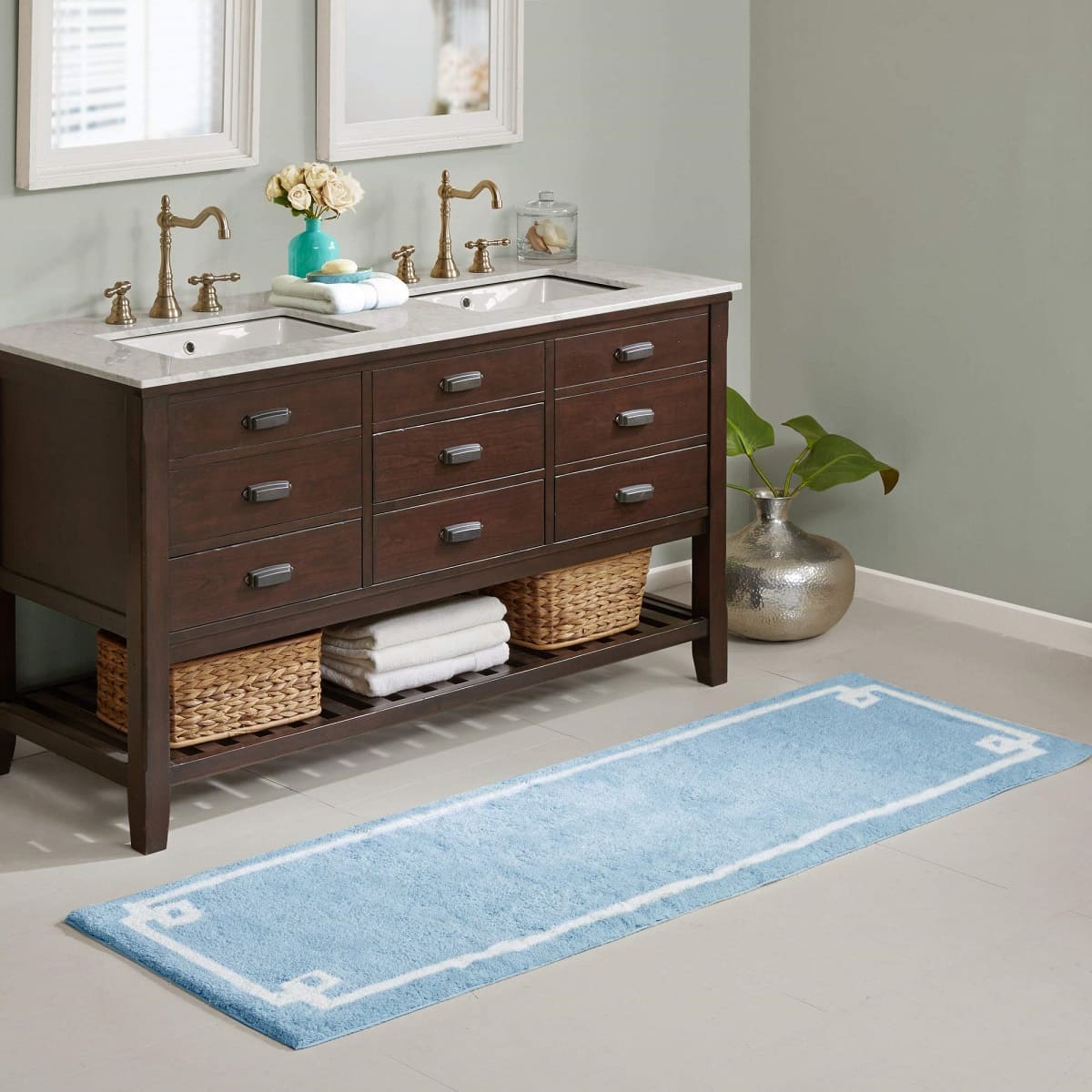


0 thoughts on “How To Choose A Rug For Dining Room”